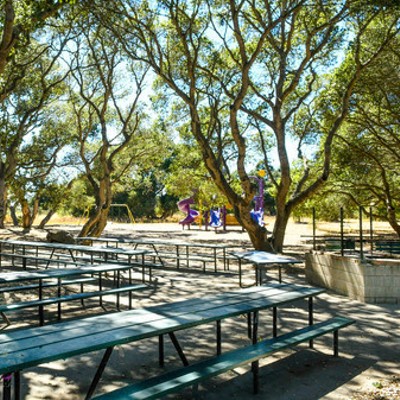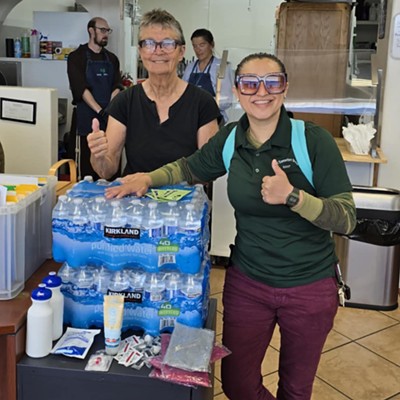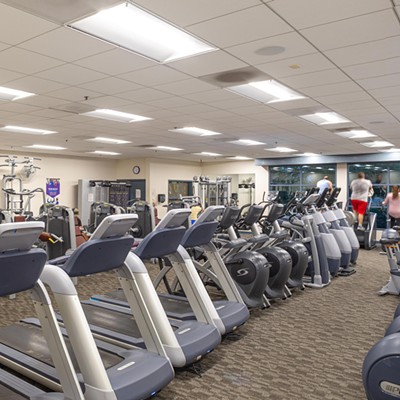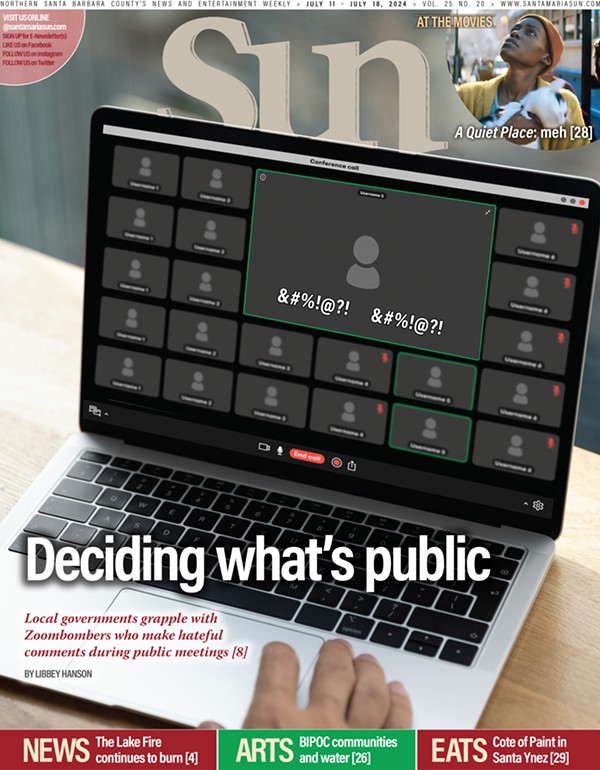After serving as an elected official for eight years, Santa Maria 4th District City Councilmember Etta Waterfield is stepping away from her role and moving to Montana to retire.
Attorney and city Planning Commissioner Maribel Aguilera-Hernandez is facing off against obstetrics and gynecologist and Santa Maria Joint Union High School District board President Carol Karamitsos for the open seat—which represents an area that starts between Orcutt Road and Highway 101 and runs north from Santa Maria Way to the Santa Maria River.
Priorities for each candidate include increasing youth opportunities and education, enhancing public safety, reducing homelessness, and increasing affordable housing for the city’s overall economic development.
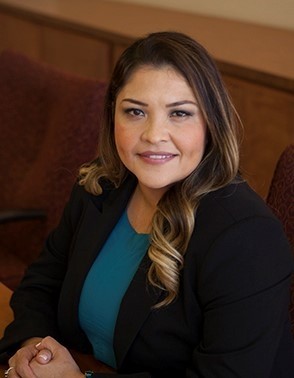
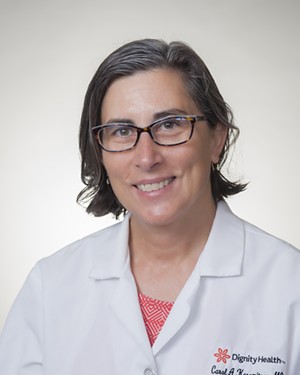
Aguilera-Hernandez said many of her priorities will work hand in hand—for instance, she said that increasing youth recreational opportunities will lead to reduced crime rates and violence in the city.
“When you engage the youth, you engage the parents, the younger siblings, and therefore, I would hope entire families in Santa Maria would become engaged so we can prevent the youth from joining gangs and therefore assist in prevention of gang violence in our city,” she said.
In order to enhance the city Recreation and Parks Department, Aguilera-Hernandez said she wants to start by asking youth what activities they’d like to see in the city through surveys, social media outreach, and partnerships with school districts and youth organizations like Future Leaders of America and the YMCA.
“When children reach seventh grade, junior high, the need to belong to a group is much greater. They are more prone to fall into peer pressure,” she said. “We want them to have the opportunity at that point to belong to a group that engages in positive activities and not feel pressured to engage in negative behavior simply to belong to a group and feel accepted.”
Along with creating more recreational opportunities, Aguilera-Hernandez said she wants to develop the use of technology and a police department cadet program to enhance the city’s Police Department and increase its retention rates.
“There’s no reason why we can’t be safer with the use of technology,” she said. “Technology is so advanced, we can put up cameras and [use] communication devices to be able to communicate in real time.”
There are currently 24 vacancies in the city’s Police Department with about 16 to 19 officers patrolling at one time, Aguilera-Hernandez said. The city has a Police Explorer program for high school students who want to be police officers, but there’s nothing available to them between ages 18 (when the explorer program ends) and 21, which is when the police academy begins.
A cadet program could streamline the path for young adults joining the academy, fill open positions, and help address other ongoing issues like property and rural crime. The cadet program and technology projects could be funded through Measure U, a sales tax supporting essential city services.
By partnering with Santa Barbara County, Aguilera-Hernandez said she also hopes to enhance the city Police Department’s response to mental health calls by adding a mental health worker to respond to crisis calls, specifically when working with people who are homeless, and connect them to local shelters or mental health services.
“It’s inhumane to leave a person on the street who is suffering from mental health [issues], drug addiction, or lack of housing,” she said. “We need to come together as a community and look for solutions to help the most vulnerable population.”
Streamlining affordable housing projects’ development process and supporting projects at the City Council level can also help address the homelessness issue, Aguilera-Hernandez added.
Addressing these issues, she said, could improve overall quality of life and help the city grow economically. Eventually, Aguilera-Hernandez said, she’d like to see more businesses like Amazon, Sony, or other large companies open offices in Santa Maria to help the downtown development project and diversify available jobs in the city.
“There is a looming, pending, expected downturn of the economy. It’s important to diversify our economy and the different types of businesses in Santa Maria so our local economy can weather future economic downturns,” she said. “We need to look at that long-term and have those discussions as to how we can attract different industries to Santa Maria, such as tech companies, so we can have higher paying jobs for the residents of Santa Maria.”
Karamitsos also wants to see the city grow, and she believes affordable housing is the first step to make that happen.
“That will take some very careful planning and a multi-tiered approach to gathering quantitative data and then matching that with qualitative data to ensure the city planning process takes care of those needs,” Karamitsos said. “It’s highly complex, and cities across the world are struggling with meeting the same need.”
Although she didn’t have specific revenue ideas for funding affordable housing projects, she suggested finding ways to increase the amount of revenue received from taxes like sales tax, she said. Along with increasing affordable housing, she’d like to build greater capacity in the arts, music, entertainment, and recreation industries to boost the city’s economy, she said.
“Santa Maria is in between San Luis Obispo and Santa Barbara; we are the gateway to wineries,” she said. “Our climate is very mild so we could partner with the Pacific Conservatory Theater to build venues for arts and entertainment.”
Enhancing the entertainment industry would also support existing restaurants, hotels, gas stations, and other retail services in the community, she said. Karamitsos added that she’s hoping to include more entertainment facilities in the 2023 city general plan and give incentives at the council level in order to pursue this type of development.
Greater access to educational opportunities and medical residency programs in the city will also ensure Santa Maria’s development and its residents’ success, she said.
“I’m a huge supporter of access to education for everyone. A lot of our high school students get into college, but they can’t afford to go because they can’t afford the housing piece to it,” she said. “I would really love to see the feasibility of having a Cal State here regionally, a Cal State that’s accessible for Santa Maria and Lompoc Valleys so students could still live at home but attend a Cal State.”
Though the college itself wouldn’t be within the city limits or within the City Council’s jurisdiction, Karamitsos discussed the possibility of working with the Cal State system and U.S. Rep. Salud Carbajal for development.
As for other education avenues, Karamitsos added she’d like to see a fourth high school developed in the city. Since she’s been on the Santa Maria Joint Union High School District’s board, she said there’s been a need to build another site to increase capacity.
“We’ve done some great things in modernizing school sites but we now have upward of 3,000 students at the sites and they’re very crowded,” she said. “The city could help by earmarking schools in their planning. That’s where the school districts and city can work closely in identifying physical spaces.”
Karamitsos acknowledged that she doesn’t have all of the answers, but she said she does enjoy looking at complex problems and systems and reaching common goals in a fair way to make sure everyone feels engaged.
“I feel like I could easily step into the role as a City Council member and a policymaker setting direction, interfacing with the rest of the departments and the city manager to make sure the needs and goals of the community have been realized,” Karamitsos said.
Staff Writer Taylor O’Connor can be reached at [email protected].


